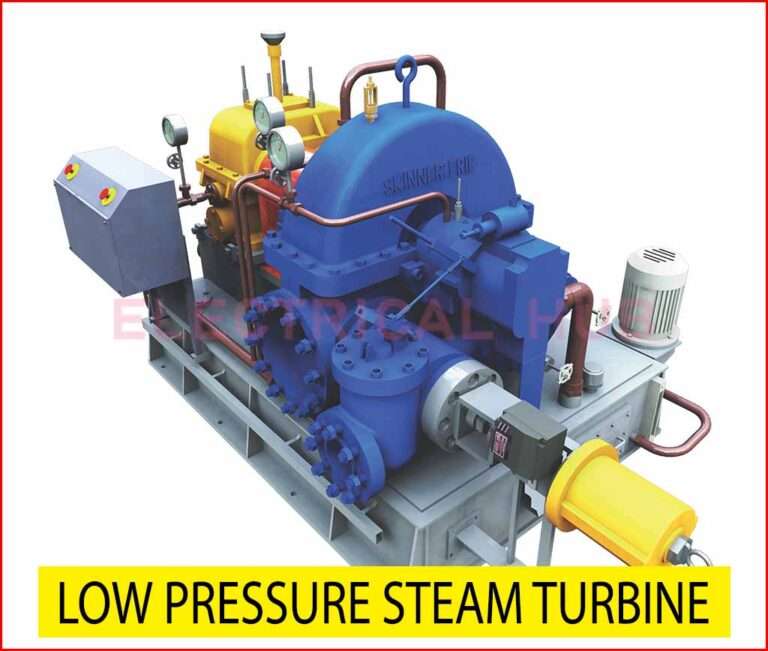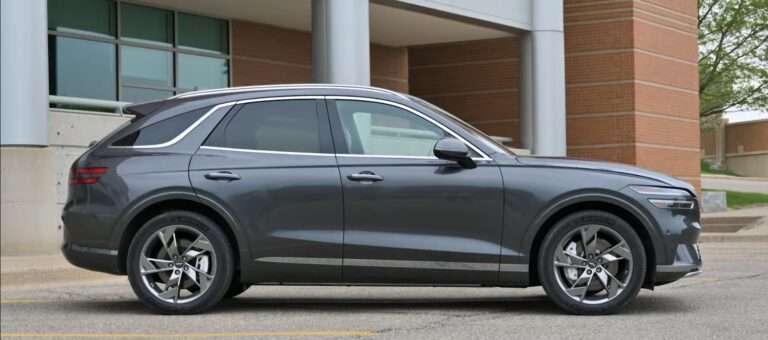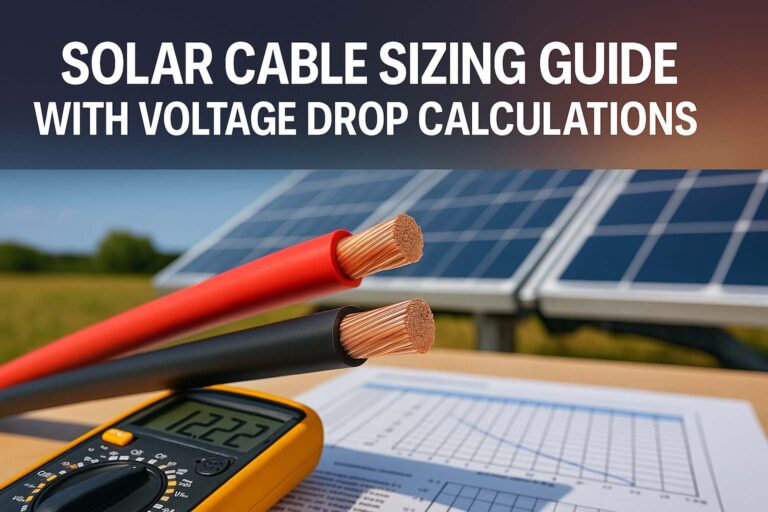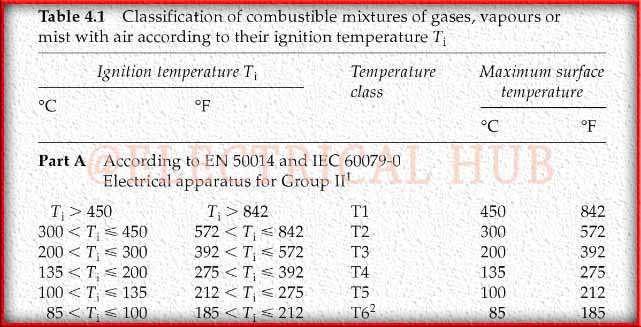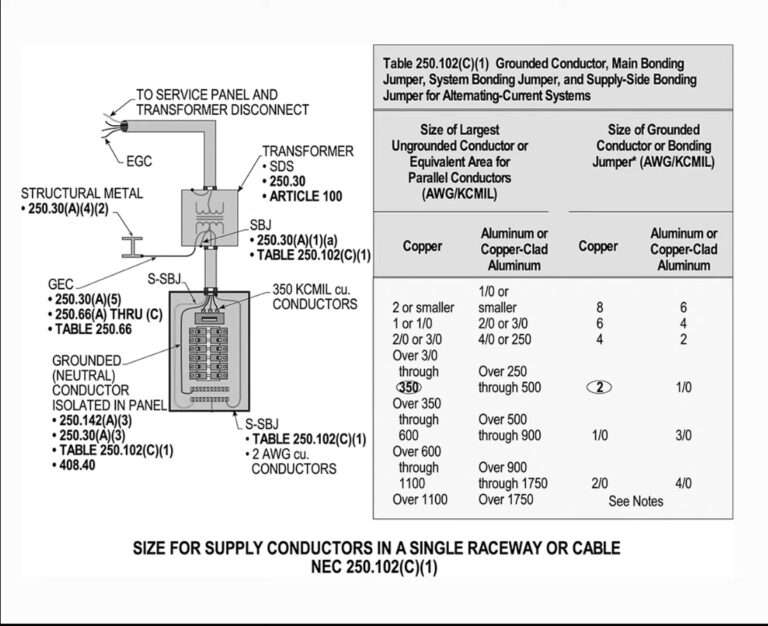The Role of IEC Standards in Energy Transition and Sustainability
The world is undergoing a major shift towards cleaner energy. The rise of renewable energy sources, electric vehicles, and smart grids marks a pivotal moment. This global energy transition needs a stable, reliable, and safe framework. Here comes The Role of IEC Standards in Energy Transition and Sustainability.
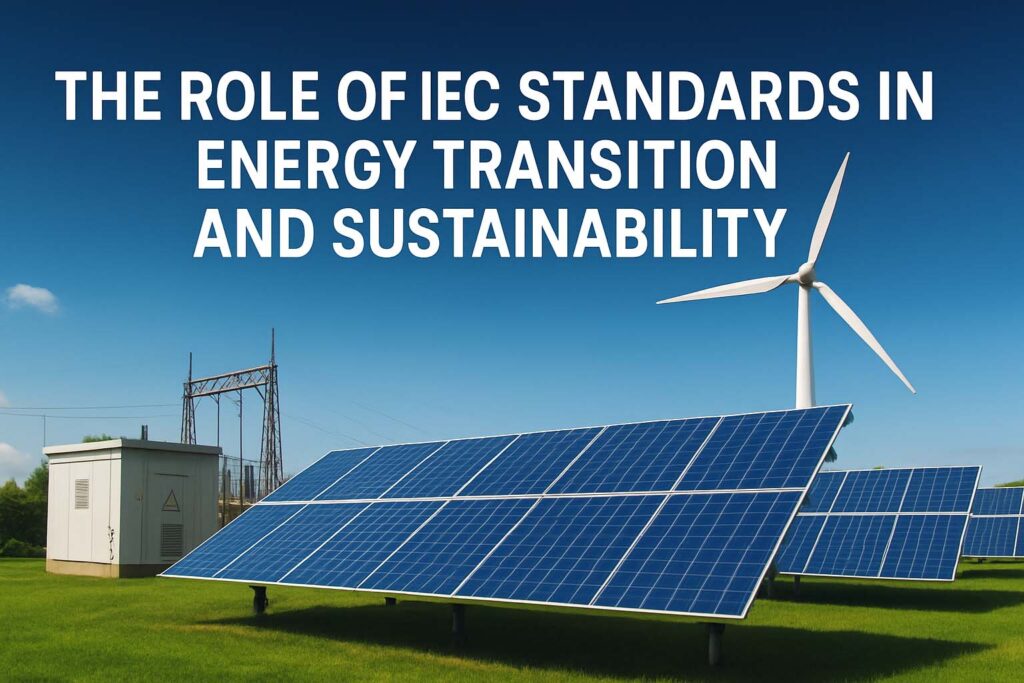
IEC, or the International Electrotechnical Commission, plays a vital role in shaping how technology supports green goals. It ensures products and systems work together seamlessly, safely, and efficiently. These standards are more than technical documents—they are essential tools for progress.
Understanding the Role of IEC Standards in Energy Transition and Sustainability
Energy transition is the global shift from fossil-based systems to renewable energy sources like solar, wind, and hydropower. Sustainability focuses on using resources without depleting them for future generations. Together, they shape global energy goals.
The Role of IEC Standards in Energy Transition and Sustainability lies in their ability to unify design, testing, and installation practices. These standards reduce technical barriers and encourage innovation. They also promote the adoption of cleaner technologies at a global level.
Know More About Article 220
Why IEC Standards Matter in a Greener Future
IEC standards guide the development of renewable energy systems. Whether it’s a wind turbine in Europe or a solar panel in Asia, these standards ensure compatibility and safety. They provide a common language for manufacturers, installers, and regulators worldwide.
Without standardized protocols, integrating energy technologies would be chaotic. Imagine solar panels that can’t connect to inverters or EV chargers that fail across borders. IEC solves this with universal benchmarks.
Benefits of IEC Standards for Energy Systems
| Benefit | Description |
|---|---|
| Safety | Ensures safe design and operation of energy systems |
| Interoperability | Enables devices from different manufacturers to work together |
| Efficiency | Optimizes system performance through consistent guidelines |
| Cost Reduction | Avoids duplication and allows economies of scale |
| Innovation Support | Offers a trusted framework for developing new technologies |
| Market Access | Helps manufacturers reach global markets by meeting recognized standards |
Know More About Demand Factor as Per NEC
Key IEC Standards Shaping the Energy Transition
Many IEC standards directly support clean energy deployment. Let’s look at some of the most relevant ones and how they align with The Role of IEC Standards in Energy Transition and Sustainability.
IEC 61724 – Photovoltaic System Performance Monitoring
This standard sets guidelines for monitoring PV systems. It defines terms, measurement techniques, and performance evaluation. By following IEC 61724, solar farms can identify inefficiencies and improve uptime.
Use our free online tool solar power load calculator
IEC 61850 – Communication Networks and Systems for Power Utilities
IEC 61850 is key for smart grid development. It standardizes communication between intelligent electronic devices in substations. This supports grid automation, renewable integration, and faster fault responses.
IEC 62109 – Safety of Power Converters for PV Systems
This standard ensures that inverters and other power converters used in solar applications meet safety standards. It reduces the risk of electric shock, fire, and injury.
IEC 60076 – Power Transformers
Transformers play a central role in power transmission. IEC 60076 standardizes testing, ratings, and insulation. It’s crucial in upgrading the grid to handle variable renewable input.
Know More About NEC 250.66 Table
Driving Innovation Through Standardization
The Role of IEC Standards in Energy Transition and Sustainability also includes fostering innovation. Standardization may sound rigid, but it actually accelerates technological growth.
How? By removing uncertainty. When developers follow global benchmarks, they avoid reinvention. They can focus on refining and scaling ideas instead. It also means that engineers working on solar panels in Africa or battery systems in Europe speak the same technical language.
This leads to faster adoption of EV chargers, smart meters, and green hydrogen systems. It also helps start-ups enter the market with confidence.
IEC Standards for Electric Mobility and Storage
Electric vehicles (EVs) are reshaping transport. Their rapid growth needs safe charging infrastructure. IEC addresses this through several key standards.
IEC 61851 – Electric Vehicle Conductive Charging System
This standard covers the design and testing of EV chargers. It ensures chargers are safe, effective, and compatible with a wide range of EV models.
IEC 62933 – Electrical Energy Storage Systems
Energy storage is critical in balancing supply and demand. IEC 62933 outlines safety and performance for battery systems. It supports the development of grid-scale storage and home battery units.
Know More About IEC 61000
The Role of IEC Standards in Global Energy Policies
Governments around the world rely on IEC standards. They use them to shape regulations, incentives, and compliance strategies. In fact, many national and regional standards are based on IEC frameworks.
For example, in the UK, solar installations must align with IEC standards for system safety and grid connection. This includes requirements covered in PI Test of Transformer and Fault Current at Transformer Secondary—important concepts in reliable grid design.
Adopting IEC benchmarks ensures that national policies align with global best practices. This strengthens sustainability goals while protecting consumers and infrastructure.
Building Trust with IEC Standards
Trust is key to the energy transition. Consumers, investors, and governments must believe in the technology they adopt. The Role of IEC Standards in Energy Transition and Sustainability is also about creating that trust.
Standards are developed through global consensus. They involve experts from industry, academia, and public sectors. This ensures that IEC standards reflect real-world needs, not just theoretical ideals.
They are also reviewed regularly. This keeps them aligned with emerging technologies and market trends. For instance, updates in Fault Current Distribution in Star Delta Transformer systems are now considered in IEC transformer testing norms.
Real-World Impact of IEC Standards
The impact of IEC standards can be seen globally. Here are a few examples:
- In India, solar parks that comply with IEC 61724 see better performance tracking and higher energy yields.
- In Germany, IEC 61850 has enabled smart grid automation across several regions, improving fault handling and energy efficiency.
- In Japan, EV charging stations built under IEC 61851 promote user safety and support grid-friendly load management.
These examples show how IEC standards are not just technical paperwork—they make systems more reliable, safe, and sustainable.
Challenges and Future Directions
While IEC standards are vital, they are not without challenges. One issue is speed. Technology evolves quickly, but standards take time to develop. There is always a risk of lagging behind innovation.
Another challenge is adoption. Small and medium-sized enterprises (SMEs) may find it hard to implement complex standards due to costs or lack of awareness.
To tackle this, IEC is working on more inclusive development processes. They are also increasing engagement with stakeholders from developing nations and emerging sectors like green hydrogen.
Anchoring Past Knowledge for Broader Understanding
When considering transformer systems, it is essential to look at topics like Differential Relay Setting Calculation for Transformer and High Impedance Differential Protection Calculation. These subjects highlight how IEC standards ensure that protective systems operate accurately and safely, particularly in smart grids.
In terms of infrastructure planning, Commercial EV Charger Installation Cost UK must factor in compliance with IEC 61851. Similarly, 7kW EV Charger Cost can vary based on the level of adherence to IEC requirements.
Final Thoughts on The Role of IEC Standards in Energy Transition and Sustainability
IEC standards are not just technical blueprints. They are strategic enablers. They support a cleaner, safer, and more reliable energy ecosystem. From solar farms and EV chargers to battery storage and smart grids, these standards form the backbone of sustainable development.
The Role of IEC Standards in Energy Transition and Sustainability is crucial, not optional. As the world accelerates toward a low-carbon future, these global frameworks will ensure the journey is stable, scalable, and inclusive.
Follow Us on Social:
Subscribe our Newsletter on Electrical Insights to get the latest updates in Electrical Engineering.
#IECStandards, #EnergyTransition, #Sustainability, #GreenEnergy, #CleanEnergy, #RenewableStandards, #SustainableDevelopment, #GlobalEnergyPolicy, #EnergyEfficiency, #NetZero, #CarbonReduction, #SmartGrid, #ClimateAction, #ElectricalStandards, #FutureOfEnergy

